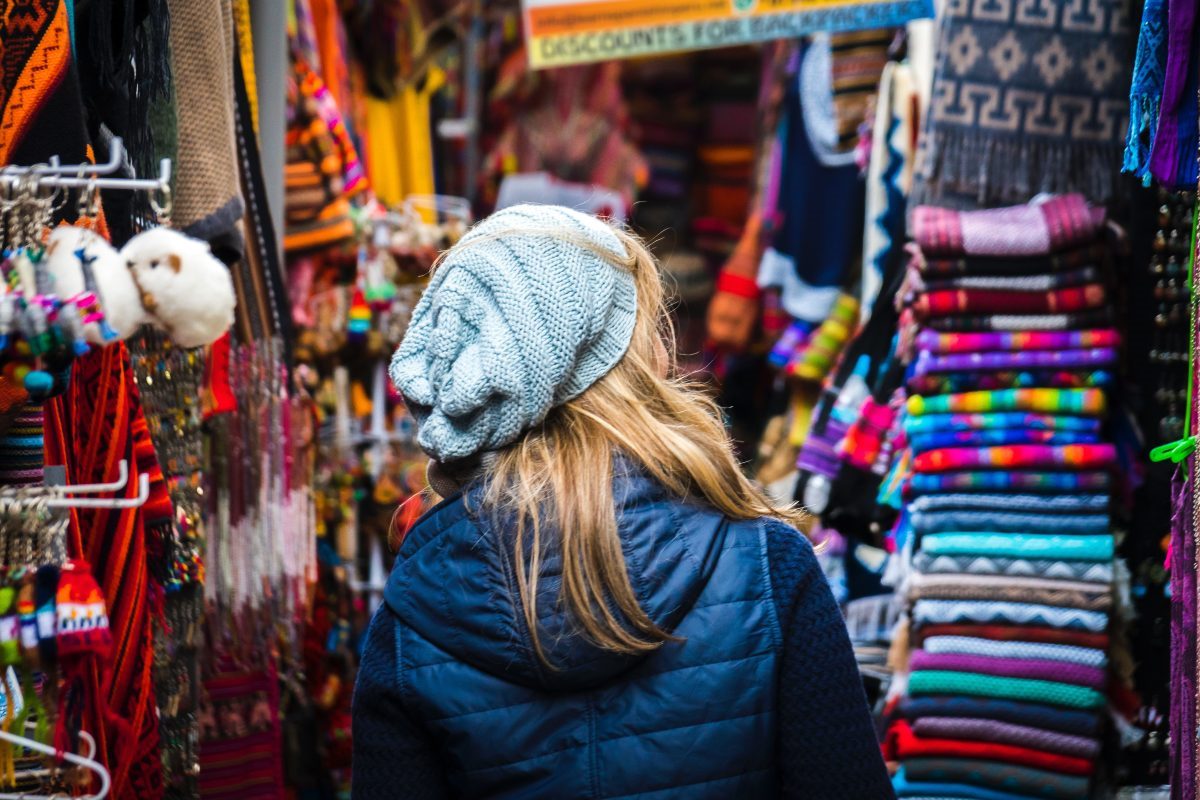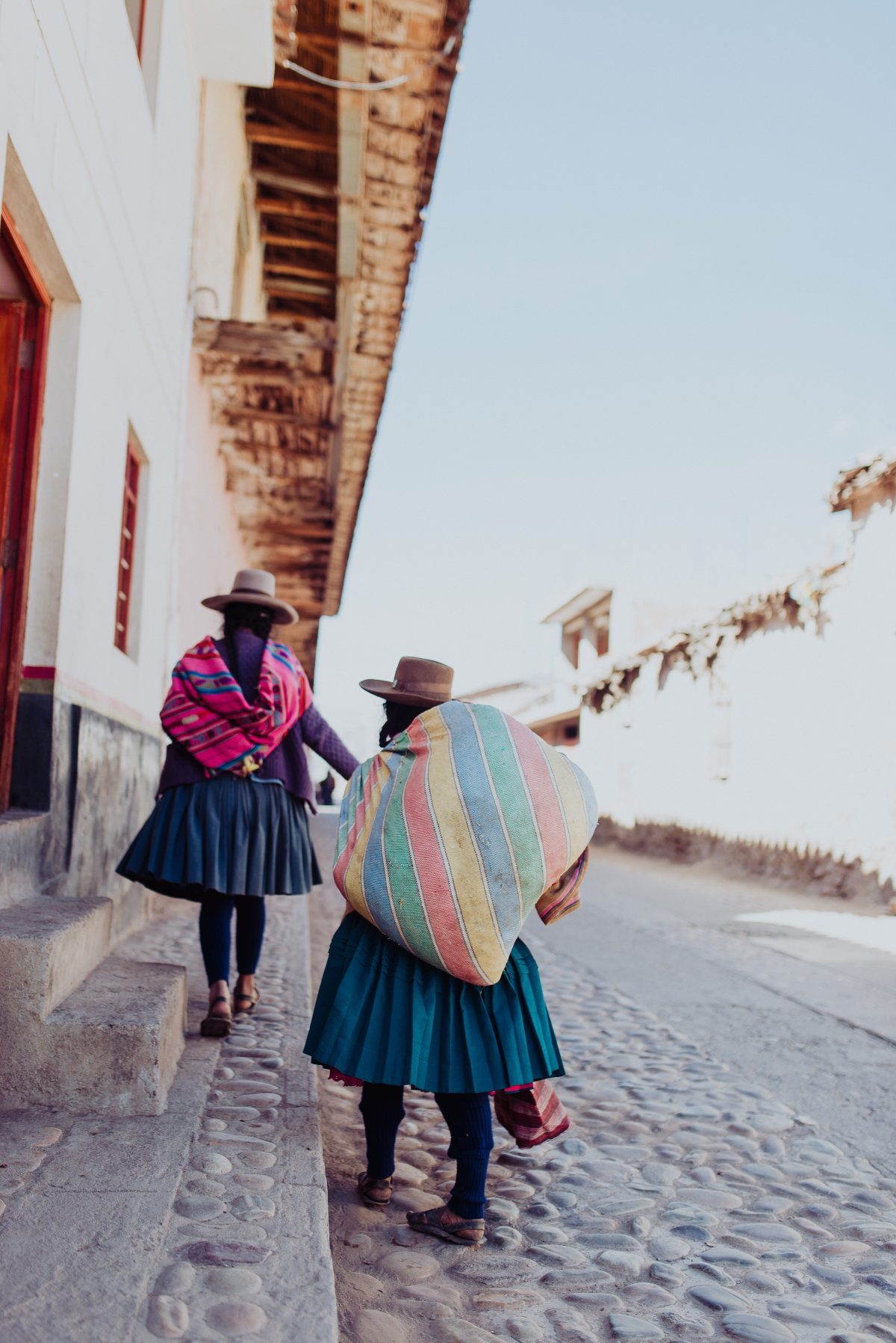How to Plan Your Cusco Chocolate Making Workshop
If you’re visiting Cusco and looking for a unique and delicious experience, consider taking a chocolate-making workshop. The Cusco Chocolate Making Workshop is a fun and educational activity that allows you to learn about the history and origin of chocolate, participate in the chocolate-making process, and create your own chocolate treats to take home. Here’s what you need to know to plan your own chocolate-making adventure:Experience
The Cusco Chocolate Making Workshop offers a hands-on experience that takes you through the entire process of making chocolate, from the cocoa bean to the finished product. During the workshop, you’ll learn about the history and origins of chocolate and have the opportunity to make your own milk or dark chocolate creations, complete with 15 different flavorings to choose from.Highlights
The workshop includes a number of highlights that make it a unique and memorable experience. Some of the highlights include:- Learning about the origin and history of chocolate
- Discovering the journey that a Peruvian cocoa bean takes
- Making your own chocolate creations
- Choosing between milk or dark chocolate and 15 different flavorings
- Enjoying a cocoa tea or hot chocolate
Full Description
The Cusco Chocolate Making Workshop takes place at the ChocoMuseo, a chocolate museum and workshop located in the heart of Cusco. When you arrive, you’ll be given a chef’s hat and apron and led through the fascinating process of making chocolate. The workshop begins with an introduction to the history and origins of chocolate, including its significance to ancient Peruvian cultures. You’ll learn about the different types of cocoa beans grown in Peru and the different flavor profiles of each. Next, you’ll get a hands-on experience roasting and grinding cocoa beans, which releases the delicious aroma of raw chocolate. After that, you’ll have the opportunity to choose between milk or dark chocolate and a variety of flavorings, such as coconut, cinnamon, or chili. Once you’ve chosen your flavorings, you’ll mix them into the melted chocolate and pour the mixture into a mold. While the chocolates harden, you’ll have the chance to take a cocoa tea break and sample some of the museum’s delicious chocolate products. You can also make a hot chocolate with a number of different spices. Finally, you’ll package up your chocolate creations to take home with you, along with a new appreciation for the art and science of chocolate making.Booking Information
To book the Cusco Chocolate Making Workshop, visit here to reserve your spot. The workshop lasts around two hours and costs $25 per person, including all materials and ingredients. Bookings can be made online and are recommended in advance to ensure availability.Book Your Tour Now
If you’re looking for a fun and unique experience in Cusco that also allows you to learn something new, don’t miss the Cusco Chocolate Making Workshop. With hands-on chocolate making, fascinating history and education, and delicious taste testing, this workshop is a must-do for any chocolate lover visiting Cusco.
Frequently Asked Questions About Cusco
If you are planning a trip to Cusco, Peru, you probably have a lot of questions. Here are some of the most frequently asked questions about Cusco, along with their answers.1. What is Cusco?
Cusco is a city in southeastern Peru, located in the Andes mountain range. It was the capital of the Inca Empire from the 13th to the 16th century, and is now a UNESCO World Heritage Site.2. How do I get to Cusco?
The easiest way to get to Cusco is by plane. The Alejandro Velasco Astete International Airport in Cusco receives flights from Lima, Arequipa, and other cities in Peru, as well as from some international destinations. You can also get to Cusco by train or by bus from other parts of Peru.3. What is the best time to visit Cusco?
The best time to visit Cusco is during the dry season, which runs from May to September. During this time, the weather is mild and sunny, and there is very little rain. The high season for tourism is from June to August, so expect the streets and attractions to be more crowded during this time.4. What should I pack for a trip to Cusco?
When packing for a trip to Cusco, it is important to remember that the city is located at a high altitude (3,400 meters above sea level), which means that the air is thinner and the weather can be unpredictable. Be sure to pack warm clothing for the chilly evenings, comfortable walking shoes, and sun protection. You may also want to bring medication for altitude sickness.5. Do I need a visa to visit Cusco?
If you are a citizen of the United States, Canada, or most European countries, you do not need a visa to visit Peru for tourism purposes. However, you will need a valid passport and may be asked to show proof of onward travel.6. What are the top attractions in Cusco?
Cusco is home to many historic and cultural attractions. Some of the top attractions include:- Machu Picchu
- The Sacred Valley
- The Plaza de Armas
- The Sacsayhuaman ruins
- The Qorikancha temple
7. Is it safe to travel to Cusco?
Cusco is generally considered to be a safe city for tourists. However, as with any travel destination, it is important to take basic safety precautions such as avoiding unlit or deserted areas at night, not carrying large amounts of cash, and keeping valuables secured in a hotel safe.8. What is the local currency in Cusco?
The local currency in Cusco is the Peruvian sol. There are ATMs and banks throughout the city where you can withdraw money, and most hotels and restaurants accept credit cards. However, it is always a good idea to have some cash on hand for smaller purchases and for use in markets.9. What is the local language in Cusco?
The official language of Peru is Spanish, but many people in Cusco also speak Quechua, the language of the Inca Empire. In tourist areas, it is common to find people who speak English or other languages.10. What is the local cuisine in Cusco?
Cusco is known for its unique and flavorful cuisine, which combines traditional Inca ingredients with Spanish influences. Some popular dishes in Cusco include:- Ceviche
- Lomo saltado
- Alpaca steak
- Pachamanca
- Giant corn
11. Can I visit Machu Picchu on my own, or do I need a guide?
You can visit Machu Picchu on your own, but it is recommended to hire a local guide who can provide more context and history about the site. Additionally, if you are planning to hike the famous Inca Trail to Machu Picchu, you must do so with a licensed tour company.12. What is the weather like in Cusco?
The weather in Cusco can be unpredictable, but is generally cool and dry. During the day, temperatures can range from the mid-60s to the mid-70s (Fahrenheit), but can drop into the 30s at night. It is always a good idea to bring a jacket and other warm clothing, as well as sun protection.13. Are there any health concerns I should be aware of in Cusco?
Altitude sickness is a common concern for travelers to Cusco, as the city is located at a high altitude. Be sure to drink plenty of water, rest frequently, and avoid alcohol and strenuous exercise for the first few days to help acclimate to the altitude. It is also recommended to receive vaccinations for hepatitis A and B, typhoid, and yellow fever before traveling to Cusco.14. What is the electrical voltage in Cusco?
The electrical voltage in Cusco is 220-240 volts, with a frequency of 50Hz. If you are traveling from a country with a different voltage, you will need to bring a voltage converter and possibly a plug adapter to use your electronic devices.
How to Spend Your Time as a Tourist in Cusco: A Comprehensive Guide
Cusco, located in southeastern Peru, is a city that is rich in history, culture, and natural beauty. It is popularly known as the former capital of the Inca Empire, which is why it has plenty of historical sites and landmarks that are worth visiting. If you’re planning a trip to Cusco, this guide will help you make the most out of your time here.1. Visit Historic Sites
No trip to Cusco is complete without visiting its historic sites, such as the iconic landmark – Machu Picchu. Here are some of the must-see historic sites in Cusco:Machu Picchu
Machu Picchu is a 15th-century Inca citadel, located in the Cusco region of Peru. It is a UNESCO world heritage site and is one of the most visited tourist attractions in South America. You can take a train or hike to get to Machu Picchu. The 4-day Inca Trail is the most popular trek and must be booked in advance. There are also alternative treks such as the Salkantay Trek, which offer an equally breathtaking view of Machu Picchu.Plaza de Armas
Plaza de Armas is the main square in Cusco, and it is surrounded by beautiful colonial buildings, including the Cathedral of Santo Domingo. It is the ideal place to sit back, relax and take in the city’s atmosphere.Qorikancha
Qorikancha, also known as the Temple of the Sun, was an Incan temple built to worship the sun. It was later converted to a Spanish church after the Spanish conquest of Cusco. Qorikancha is a unique site to visit, as it showcases the blend of Inca and Spanish cultures.2. Explore the Local Culture
Cusco is one of the few places where the local culture is still prominent. Here’s how you can explore Cusco’s rich culture:Cusco Market
Cusco Market, also known as San Pedro Market, is a vibrant market where locals sell fresh fruits, vegetables, meat, and other products. It’s an excellent place to get a taste of Peruvian cuisine and pick up some souvenirs.Try Local Delicacies
Speaking of Peruvian cuisine, you can’t leave Cusco without trying some of their local delicacies. Some of the dishes you should try include Ceviche, Lomo Saltado, and Alpaca Steak.Attend a Traditional Dance Show
Cusco hosts traditional dance shows at various locations throughout the city. These shows showcase various Peruvian dances and give you a glimpse into the history and traditions of Cusco.3. Take Part in Adventure Activities
Cusco is a paradise for adventure enthusiasts. Here are some activities that you can try:Hiking and Trekking
As mentioned earlier, the Inca Trail and Salkantay Trek are two of the most popular treks in Cusco. These treks offer breathtaking views of Machu Picchu and other surrounding mountains. However, if you’re not up for a multi-day trek, you can also opt for day hikes around the city.White Water Rafting
The Urubamba River is a great spot for white water rafting. The rapids range from class II to class V, making it an adrenaline-pumping adventure.Zipline and Rappelling
Cusco has several zipline and rappelling tours that will take you through the beautiful landscapes of Cusco. These tours are not for the faint of heart, but they are sure to give you a memorable experience.4. Relax and Unwind
If you’re looking for a more laid-back experience, Cusco has plenty of options to help you relax and unwind:Hot Springs
Cusco has several hot springs that are perfect for soaking in and relaxing your muscles after a long day of hiking and exploring. Lares Hot Springs is one of the most popular.Spa Day
There are several spas in Cusco that offer a range of services, including massages, facials, and sauna sessions. This is the perfect way to pamper yourself and relax.Book Your Tour Now
Cusco is a city that has something to offer everyone. With its rich history, vibrant culture, and picturesque landscapes, it’s no surprise that Cusco is a popular tourist destination. By following this guide, you’re sure to make the most out of your trip to Cusco.Table of Contents

